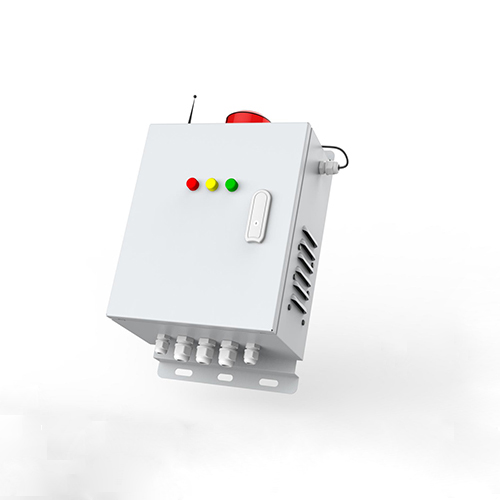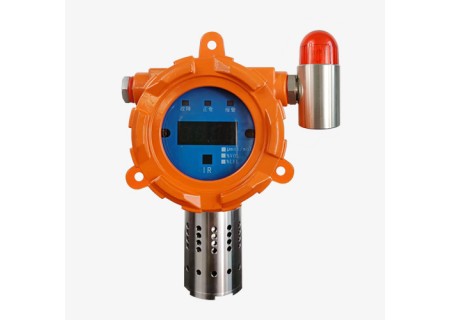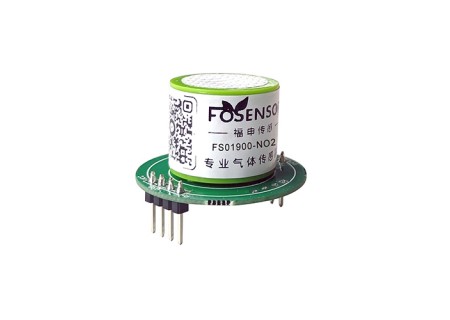Ambient air quality monitoring system

Background of Ambient air quality monitoring system
Air pollution has become an increasingly serious problem globally, as urbanization and industrialization have led to a sharp decline in air quality due to high levels of tailpipe emissions, factory emissions, and dust emissions. Air pollution not only affects people's health, but also causes serious damage to the environment and ecosystems, exacerbating the rate of global climate change.
Against this background, Air Quality Monitoring Station has become an essential equipment. It can monitor the concentration of various pollutants in the air in real time, including PM2.5, PM10, sulfur dioxide, carbon monoxide, etc., providing people with timely and accurate air quality data. Through the miniature air monitoring station, we can better understand the level of air pollution and take effective measures to protect the environment and human health.
How Ambient air quality monitoring system works
The core of the Ambient air quality monitoring system equipment is a variety of sensors and analytical methods that measure and calculate various parameters in the air, such as temperature, humidity, pressure, wind speed, wind direction, particulate matter, gaseous pollutants, organic compounds, heavy metals, radioactive substances, etc. These parameters reflect the level of pollution in the air and the health risks. These parameters reflect the level of pollution and health risks in the air, and can also be used to assess standards and levels of air quality. Different sensors and analytical methods have different principles and characteristics, such as chemical analysis, gravimetric method, optical method, electrochemical method, mass spectrometry, etc., which can be selected and combined according to different testing objectives and needs.
Role of Ambient air quality monitoring system
Ambient air quality monitoring system is a kind of unattended environmental monitoring system integrating data acquisition, storage, transmission and management. It can monitor the environment in all-weather, continuous and automatic manner, and on the basis of providing data of 7 parameters such as PM10, PM2.5, SO2, NO2, CO, O3, VOC, etc., the monitoring of meteorological parameters can be expanded, and in accordance with the principle of “monitoring of meteorological parameters”, the monitoring of meteorological parameters can be carried out in accordance with the principle of “monitoring of meteorological parameters”. Meteorological parameters for monitoring, in accordance with the concept of “net fixed grid, grid fixed responsibility, responsibility fixed person”, the establishment of “horizontal to the edge, vertical to the end” of the regional grid monitoring platform, the application, integration of a number of intelligent environmental protection technology, in a comprehensive grasp, analysis of pollution source emissions, On the basis of comprehensively grasping and analyzing the emission of pollution sources and meteorological factors.
It is deployed using flexible point-setting methods adapted to local conditions. Real-time statistics of the monitoring equipment data of each plant and monitoring point, and according to the environmental conditions of each monitoring point and its pollution situation, it analyzes and speculates the overall emission situation in the region, realizes the overall monitoring of hotspot emission areas, the projection of pollutant diffusion trends and the analysis of emission sources, etc.; and at the same time, it combines the Internet of mixtures, the intelligent collection system, the geographic information system, the dynamic charting system, and other advanced technologies, integrates and shares them, At the same time, it combines advanced technologies such as Internet networking, intelligent collection system, geographic information system, dynamic chart system, etc. to integrate, share, develop and establish a comprehensive, refined, informatized and intelligent regional environmental online monitoring platform to realize comprehensive management of controlling the unorganized emission of pollutant sources, reducing air pollution, etc., provide reliable data information and scientific auxiliary management decision for the formulation of energy saving and emission reduction programs, and provide detailed data and scientific basis for environmental protection department's environmental decision-making, environmental management, and pollution prevention and control.








-450x320.jpg)

-450x320.jpg)